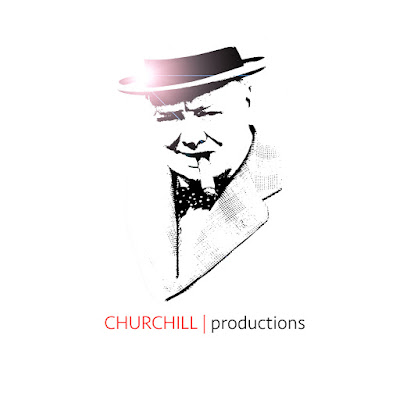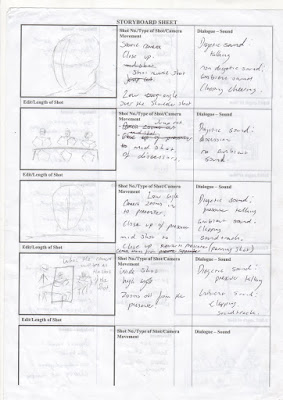Editing
Cut- going from one shot to another. Changing perspectives or locations
Cut aways- going form one shot and back to the previous shot
Cross cutting- cutting from two different shots back and forth, creating suspense
Jump cut- cutting the same scene as time goes by, used in montages
Match cut- cuts from one shot to a shot in similar composition
Fade in/ fade out- dissolving form white or black, used in montages and for the passing of time
Smash cut- abrupt change, usually shown when someone wakes up, going from action to peace or peace to action
Wipe- when a shot is wiped of the screen in transitions
L-cut- when the audio transitions from one shot to another
J-cut- when the audio of a scene starts before the scene is shown
Invisible cut- a cut not shown in the scene used in magic tricks
Continuity- to make things seem continuous
Continuity editing-
180 degree rule- to orientate the viewer, to establish the placement of characters, it must stay in an established 180 degree view point to make sure the characters are shown in the same positions throughout the scene
Match on action- is part of invisible editing which creates flow when watching a scene
Shot reverse shot-when a shot goes from shot a, shot b, shot a, shot b continuously to create a connection between them
Eye-line match-is following a shot that follows what a character is looking at, makes cuts smoother the audience expects the cut to happen and is eager to see what happens next or what the character is looking at
Cross cutting-cutting from two different shots back and forth, creating suspense
Insert shot- an insert is a shot of part of a scene as filmed from different angle or focal length from the master shot. Inserts cover action already covered in the master shot, but emphasise a different aspect of that action due to different framing
Cutaway- is a video scene that cuts away to relevant images or footage
Editing- the modification of media using different methods to create a presentable product
180 degree rule was used to orientate the audience of the surrounding area which was the class room in this case. 0:14 0:52 1:25
Match cut was used to go form the main scene to the surrounding people and back to to the scene to show the people emotions and feelings through their facial features 0:52
Cutting was used to change the perspective of the scene 1:14
0:29 the glass of juice was changed to water
0:35 his top changes from a purple sweater to a white t-shirt
0:37 the girls hair is tied back
0:37 the tv is turned on in the background
0:45 his top changes again to a white top with an image on it
1:01 his top changes again to a black top



















